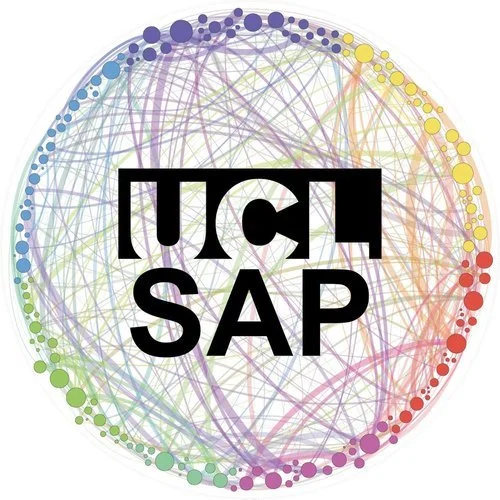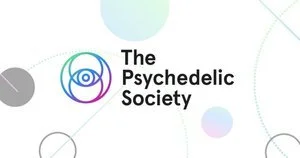The PRF helps people with HPPD through research, support and harm reduction.
What is HPPD?
HPPD (Hallucinogen Persisting Perception Disorder) is an under-researched neuro-psychological condition involving distressing changes to visual perception following the use of drugs, including and especially psychedelic drugs.
The Perception Restoration Foundation promotes and funds research, support and awareness-raising around HPPD.
How do I know if I have HPPD?
Click the link below for pointers on figuring out if you have HPPD!
Why care about HPPD?
Thousands of people around the world struggle with HPPD every day; it may affect as many as 1 in 25 lifetime psychedelic users.
Yet we know little about its risk factors and causes, lack optimal treatments, and the majority of clinicians are unaware that HPPD even exists.
When interest in psychedelics is rising rapidly, it’s clear we need more research and better treatments for HPPD now.
This is where the Perception Restoration Foundation seeks to make a difference.
We’re committed to progress.
The Perception Restoration Foundation is a non-profit committed to organize, support, and fund scientific research into HPPD.
Our donations are distributed to a network of domestic and international scientists at the forefront of increasing our understanding of HPPD and its possible treatments.
Warning: We May Be Slow To Get Back.
The PRF is a volunteer-run organisation led by people who work full-time in other roles. While we do our best, we cannot guarantee a rapid response or direct assistance with individual cases.
If you are experiencing self-destructive thoughts, please contact your nearest healthcare provider or emergency services immediately.

HPPD Research is happening now!
-

The HPPD Working Group
We are partnering with the HPPD Working Group at Macquarie University, whose research links HPPD with other perceptual disturbances such as photosensitivity, tinnitus, and migraine with aura. The team is collaborating internationally, including with Harvard and Johns Hopkins, and seeks support to train a nurse practitioner for patient assessments and data collection, as well as matching funds for a neuroimaging project to study HPPD’s brain mechanisms.
-

HPPD Screening Tool
We’re working with the University of Melbourne to develop an online psycho-physics screening tool that may detect unusual features of people’s visual perception, and whether they may be at higher risk of HPPD with drug use.
-

In-depth HPPD questionnaire study
The Foundation’s Ed Prideaux at the University of East London has launched an in-depth questionnaire on HPPD to better understand the drivers of distress and guide treatments.
























